CARING WITH FAMILY
|
| The level of affection a breed typically exhibits towards family members and familiar individuals is an important aspect to consider. Some breeds tend to be more reserved or aloof displaying strong attachment primarily towards their owner, while others extend their friendly demeanor to everyone they are acquainted with, treating each person like a best friend. |
LOVE WITH CHILDREN
Unwise
Good With Children
|
| The level of tolerance and patience a breed typically demonstrates towards children, as well as its overall family-friendly nature, are important considerations. Some breeds are known for their exceptional patience and gentle demeanor making them well-suited for households with children. These breeds often exhibit a natural understanding and acceptance of children's behavior. |
BEHAVIOR WITH DOGS
Unwise
Good With Other Dogs
|
| When it comes to the general friendliness of a breed towards other dogs, it is important to note that individual personalities and early socialization play significant roles. While all dogs should be carefully supervised during interactions and introductions with other dogs certain breeds may have a tendency to be more naturally inclined towards getting along with their canine counterparts. Some breeds may exhibit a higher likelihood of harmonious interactions with other dogs, both within the home environment and in public settings. |
SHEDDING LEVELS & MANAGEMENT
No Shedding
Hair Everywhere
|
| The amount of fur and hair a breed typically sheds is an important consideration, especially for individuals with allergies or those seeking to minimize pet hair in their environment. Breeds that shed heavily will generally require more frequent brushing to manage the loose hair and reduce shedding. Additionally, breeds that shed more are more likely to trigger allergies in sensitive individuals. |
COAT GROOMING STANDARDS
|
| The frequency of bathing, brushing, trimming, and other coat maintenance tasks can vary depending on the breed and its specific coat characteristics. When considering a breed, it is essential to assess your available time, patience, and budget for grooming. Different breeds may have different grooming requirements and it's important to choose a breed whose grooming needs align with your capabilities and preferences. |
DROOLING INTENSITY
Less Likely to Drool
Always Have a Towel
|
| The propensity for a breed to drool varies among different dog breeds. Some breeds are known to be more drool-prone than others, while some breeds tend to produce minimal drool. If you are someone who prefers to maintain cleanliness and avoids excessive slobber it may be wise to choose a breed that is less prone to drooling. |
COAT STYLES GUIDE |
| |
| COAT SPECTRUM |
| Medium |
FRIENDLINESS
Reserved
Everyone Is My Best Friend
|
| The level of welcoming behavior a breed exhibits towards strangers can vary significantly. Some breeds tend to be reserved or cautious around strangers, regardless of the environment or situation. These dogs may require time to warm up to new people and may not readily display overt friendliness towards strangers. |
LIVELINESS
Only When You Want To Play
Non-Stop
|
| The level of enthusiasm a breed exhibits towards play can vary greatly. Some breeds have a strong inherent drive to engage in play, and this enthusiasm may persist well into their adult years. These playful breeds often enjoy interactive games like tug-of-war or fetching and they actively seek out opportunities for play even as they mature. |
VIGILANCE INTENSITY
What's Mine Is Yours
Vigilant
|
| Some dog breeds have a natural inclination towards being vigilant and alerting their owners to the presence of strangers or potential threats. These breeds are more likely to react and raise an alarm when they perceive something unusual or unfamiliar happening in their environment ranging from the arrival of the mailman to a squirrel outside the window. |
ADAPTATION CAPACITY
Lives For Routine
Highly Adaptable
|
| The adaptability of a breed to handle changes in various aspects of life can vary among different breeds. Some breeds are known for their flexibility and ability to adjust to new living conditions, changes in daily routines and variations in the environment with relative ease. These breeds tend to be more resilient and adaptable to different situations, making transitions smoother. |
OBEDIENCE LEVEL
Self-Willed
Eager to Please
|
| The ease of training and a dog's willingness to learn new things can vary greatly among different breeds. Some breeds are known for their high trainability and eagerness to please their owners. These breeds tend to be more responsive to training quickly grasping new commands and tasks. They often demonstrate a strong desire to make their owners proud and excel in obedience training. |
STAMINA LEVEL
|
| The amount of exercise and mental stimulation a breed requires can vary depending on its energy level and specific needs. High-energy breeds tend to have a greater need for physical exercise and mental stimulation. These breeds are often ready to explore play, run, and engage in various activities throughout the day. They thrive on regular exercise and mental challenges to keep them physically and mentally satisfied. |
VOCALIZATION
|
| Infrequent |
LEARNING CURIOSITY LEVEL
Happy to Lounge
Needs a Job or Activity
|
| The amount of mental stimulation a breed needs to stay happy and healthy can vary based on its intelligence, energy level and specific needs. Purpose-bred dogs or working breeds, often have jobs that require them to utilize their decision-making, problem-solving and concentration skills. These breeds typically have a strong drive to work and need a significant amount of mental stimulation to stay mentally fulfilled. |
| COLORS |
|
Description
|
Registration Code
|
|
White
|
199
|
|
| PATTERNS |
|
Description
|
Registration Code
|
|
Brown Markings
|
022
|
|



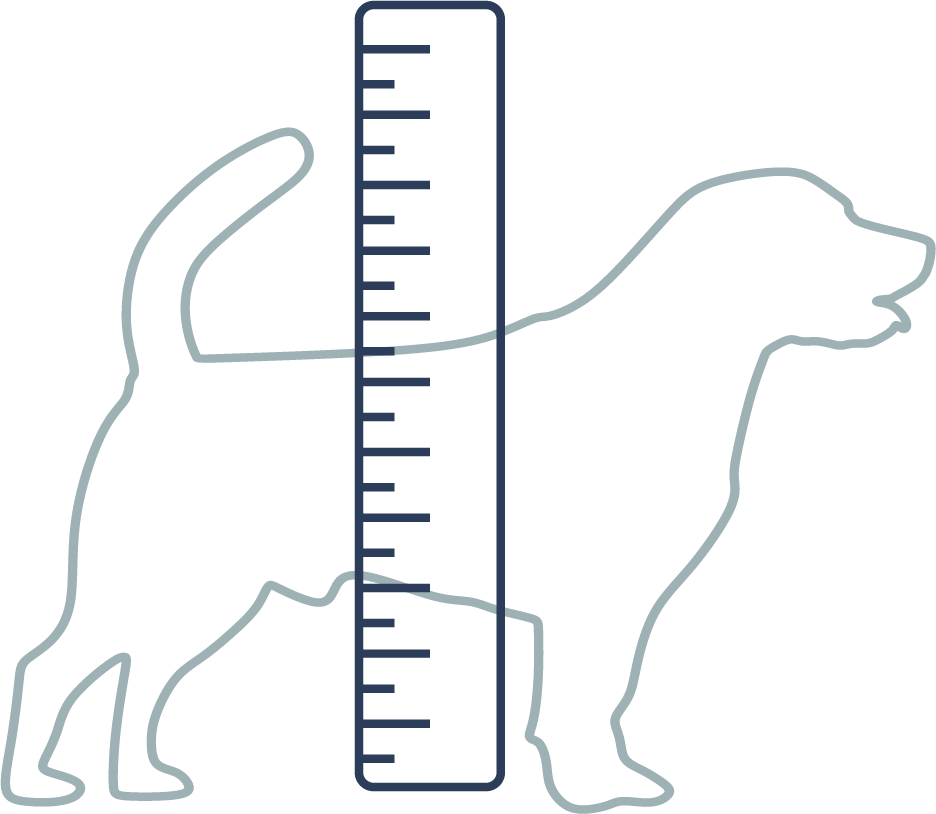


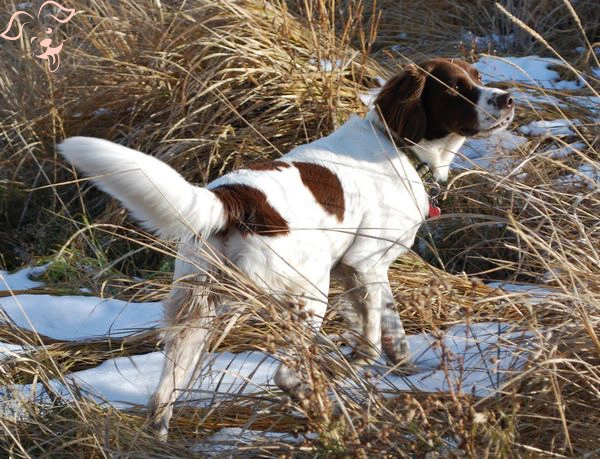
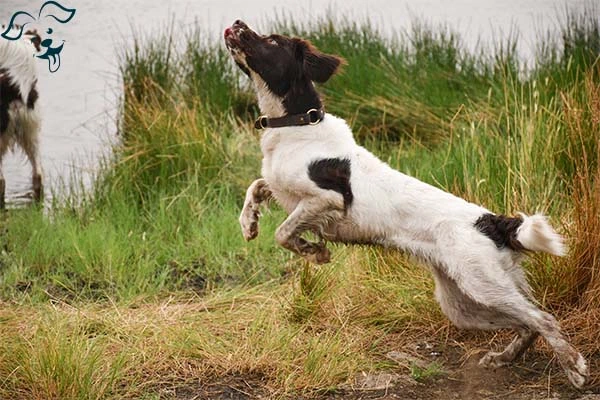
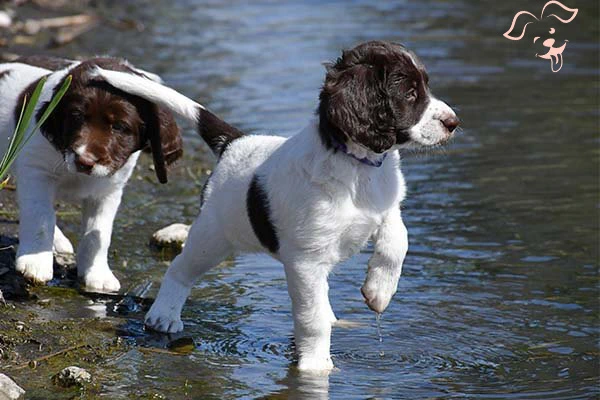
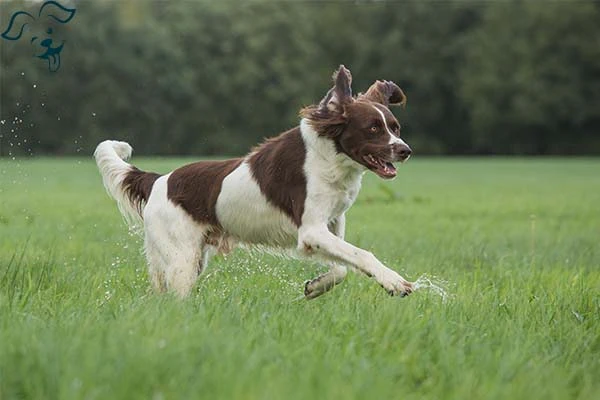





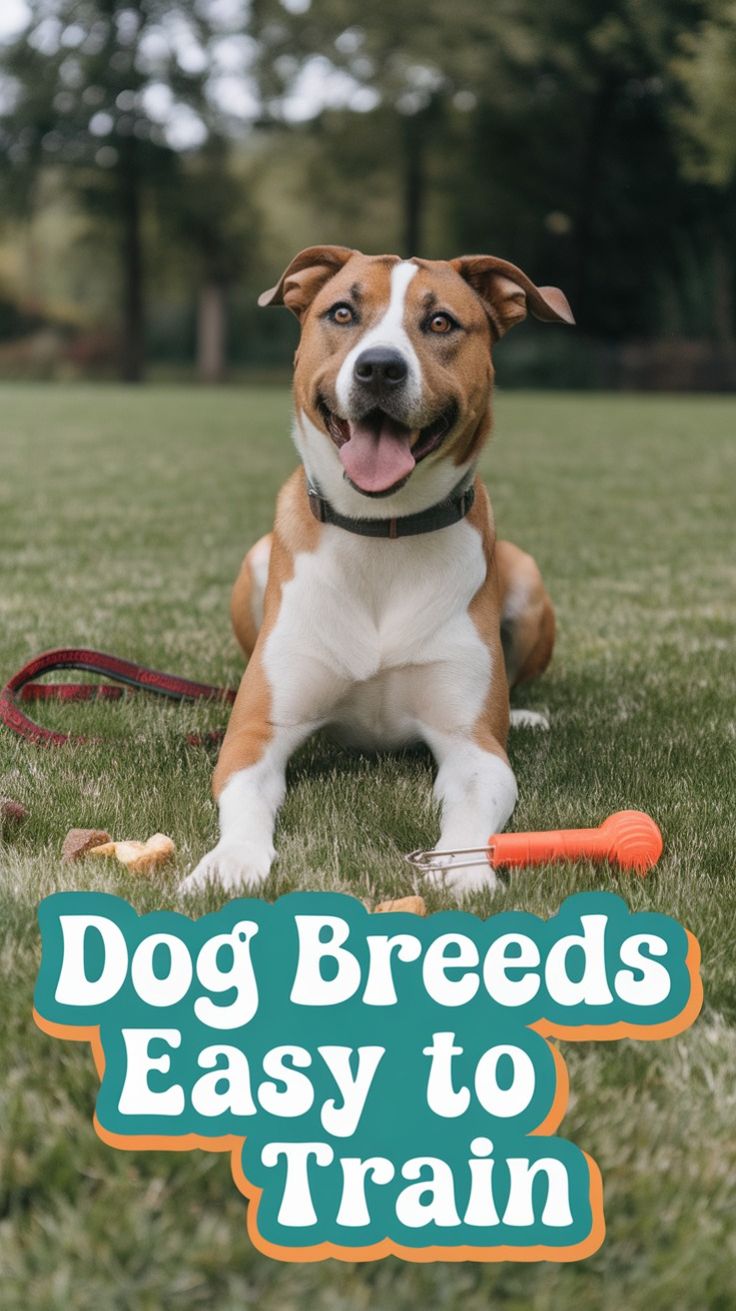
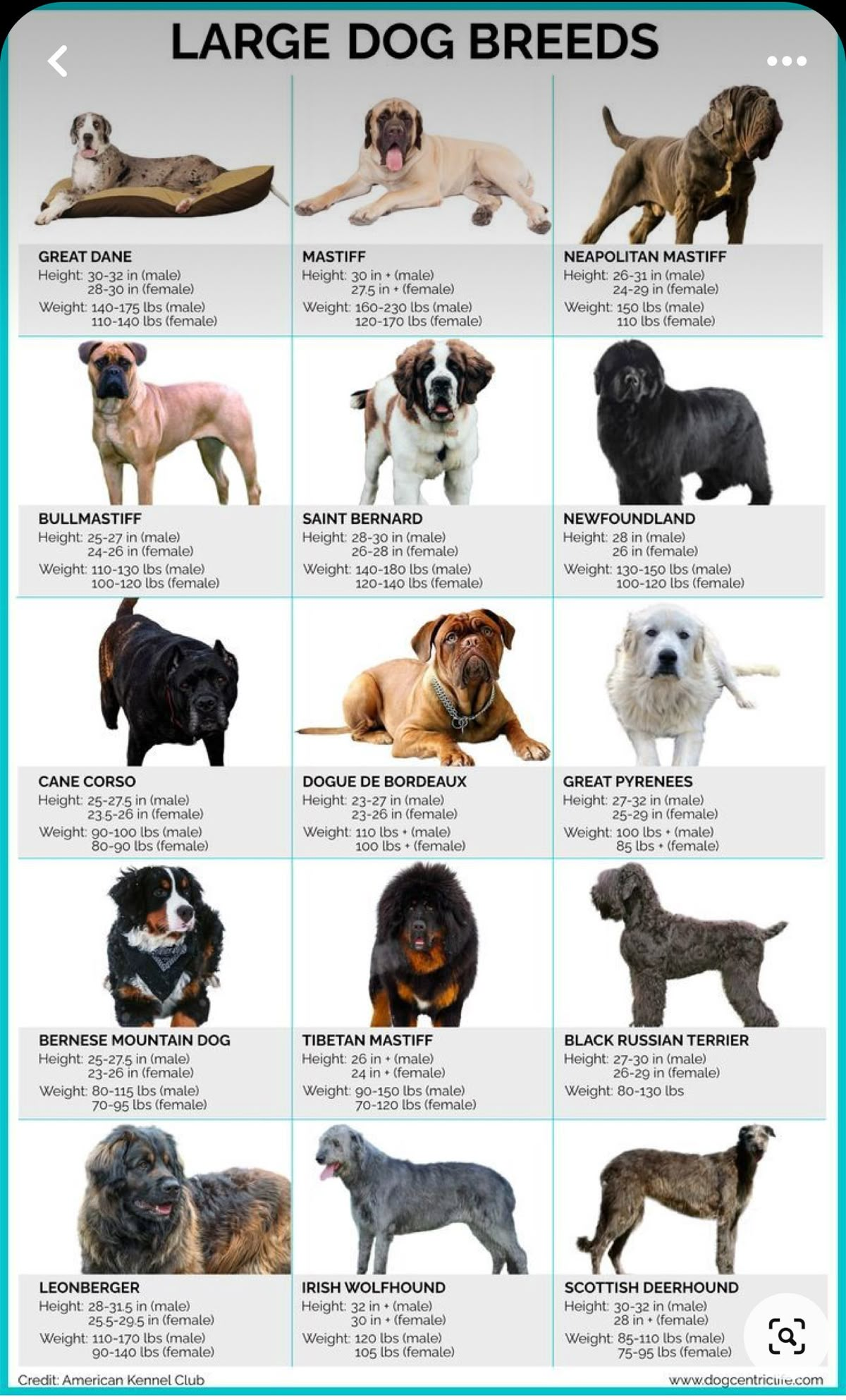

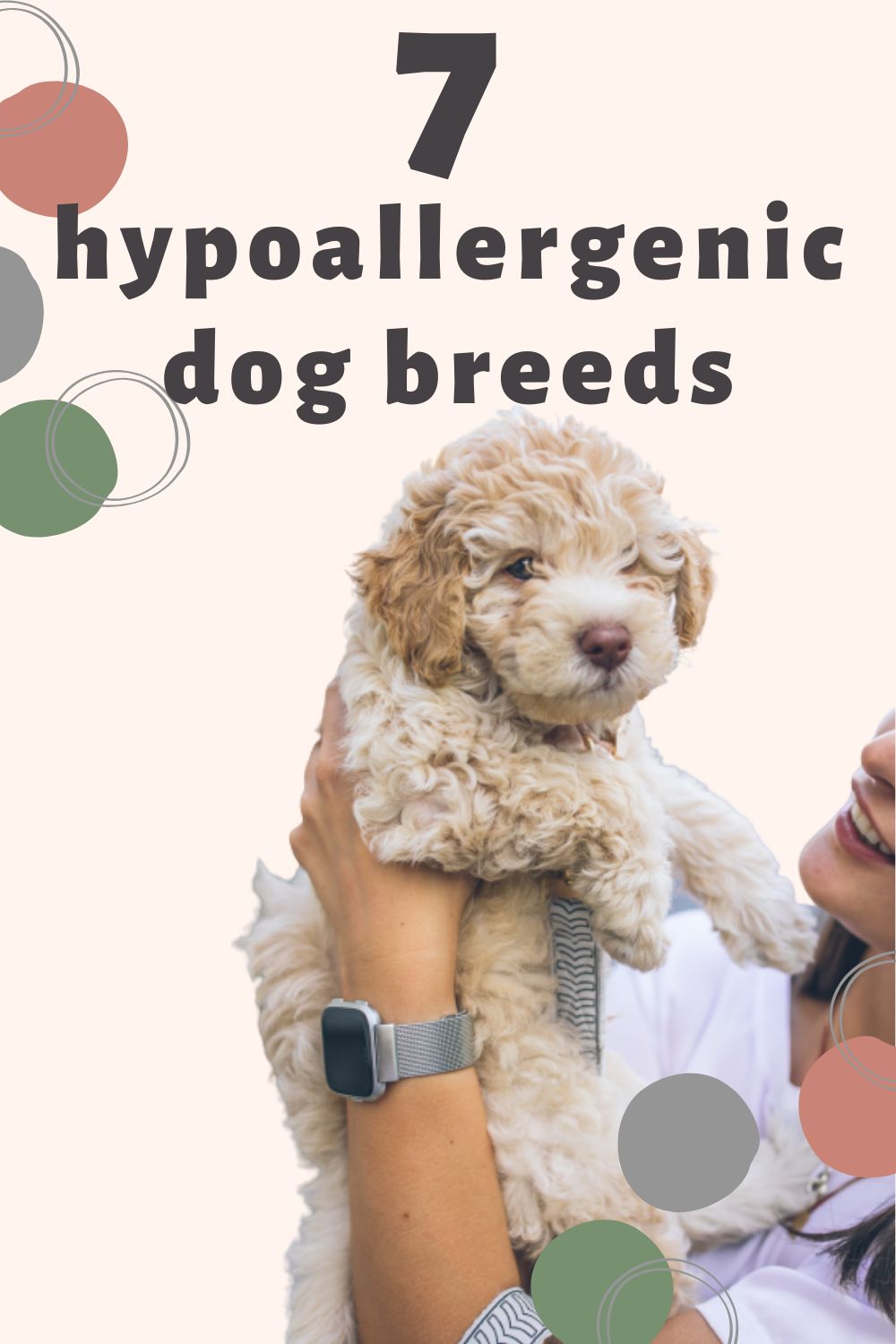
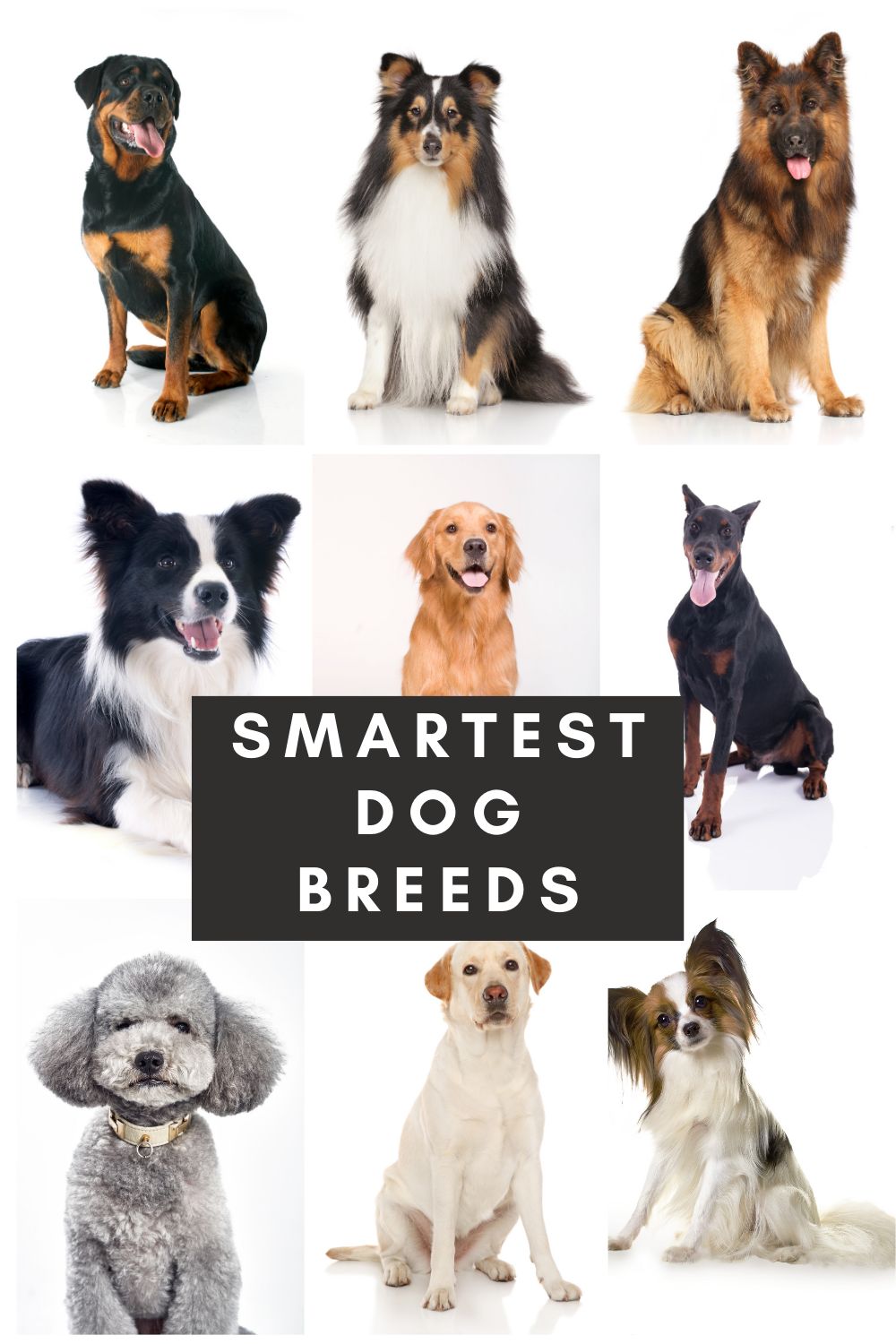

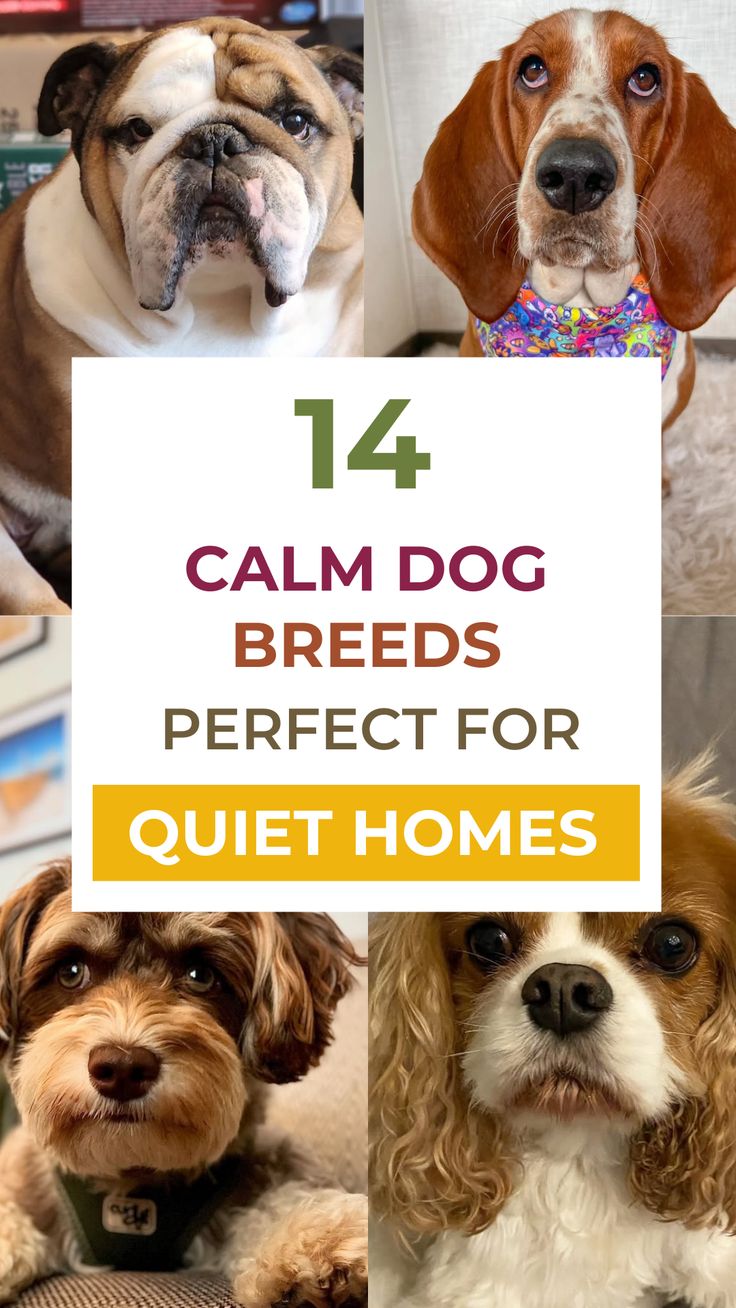

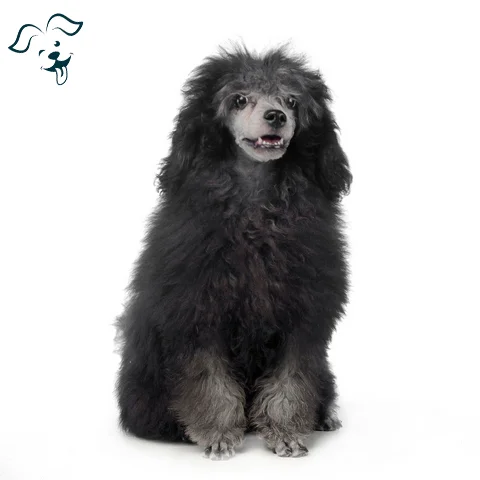

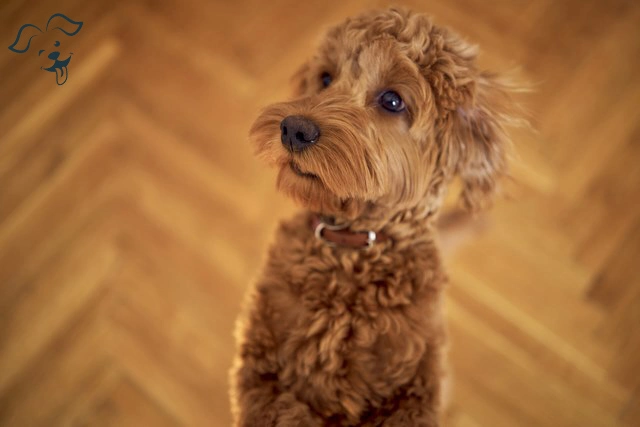
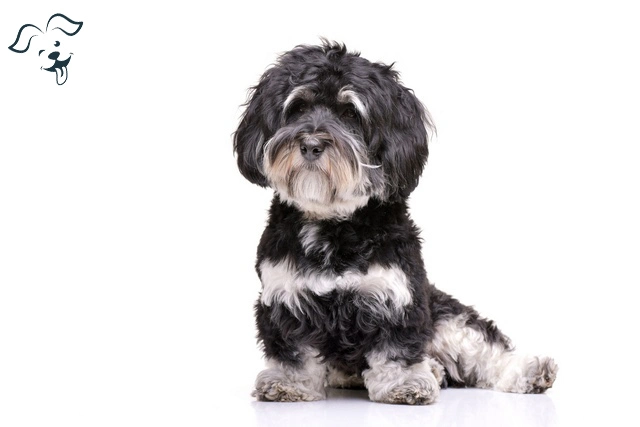
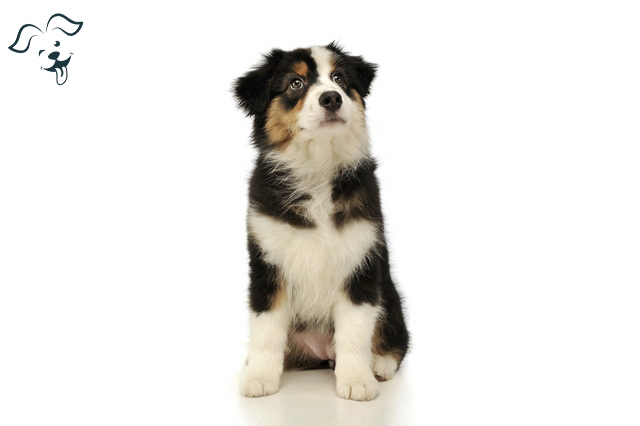
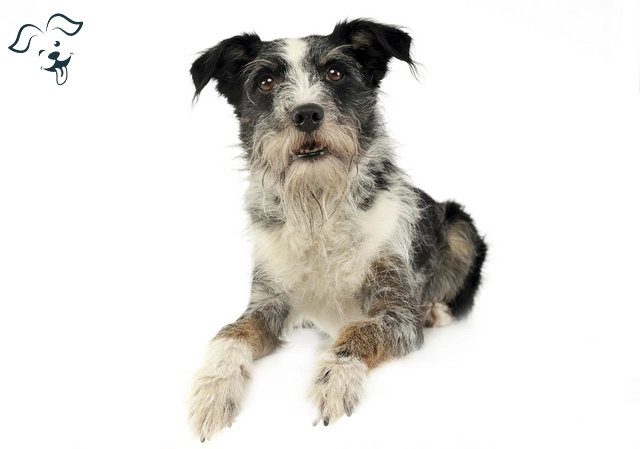
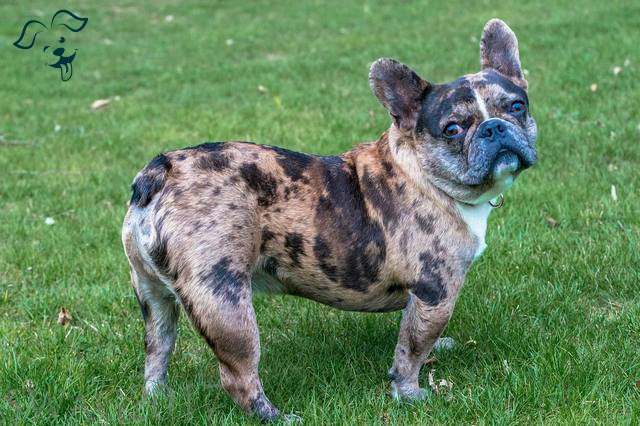
FRIENDLINESS
LIVELINESS
VIGILANCE INTENSITY
ADAPTATION CAPACITY